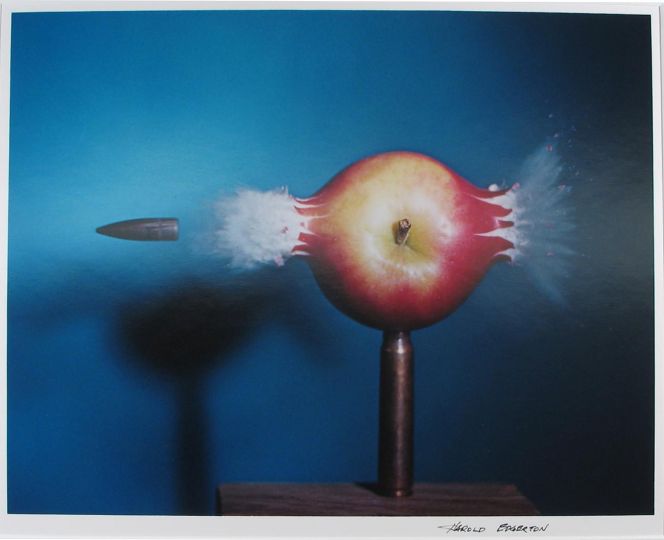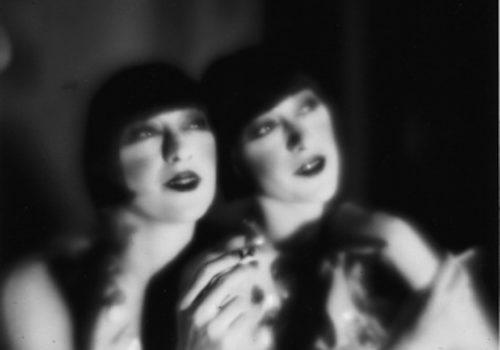America: Topographies of Transit
(written by art historian Ulrike Westphal)
A lorry on the edge of the forest, a street leading to nowhere, the remains of a petrol station, a delivery van in an empty car park – the photography of Elmar Haardt (born in 1974) shows scenes which change between aesthetic beauty and uneasy emptiness. The sight of car parks, supermarkets, residential buildings, streets and houses – taken in the northern states of the United States (Pennsylvania, North and South Dakota, Montana, Washington and Nevada) – are in a latent ratio with each other: they present sublime panoramas whose filled expanse is infiltrated by the bareness of the scene and its local vagueness. The photographs of unspectacular, nothing other than touching ordinary areas unexpectedly meet the placelessness of planned infrastructure.
The scenes have been created and marked by people are nevertheless missing the residents. Within the struggle with the relationship between reality and its photographic representation, Haardt asks about the legible societal relationship in the scenic and urban area. The scene does not just have a documental purpose, but becomes an atmospheric, condensed and higher symbol of the situation perceived. The artist journeys to the most different locations and through the most diverse countryside for his images. The individual areas may have local charm, however, the general emptiness and the resulting placelessness – the ambivalence between beauty and uncomfortableness – are, the binding elements and central themes of his work.
Weekend portfolio selected by David Fahey.
















